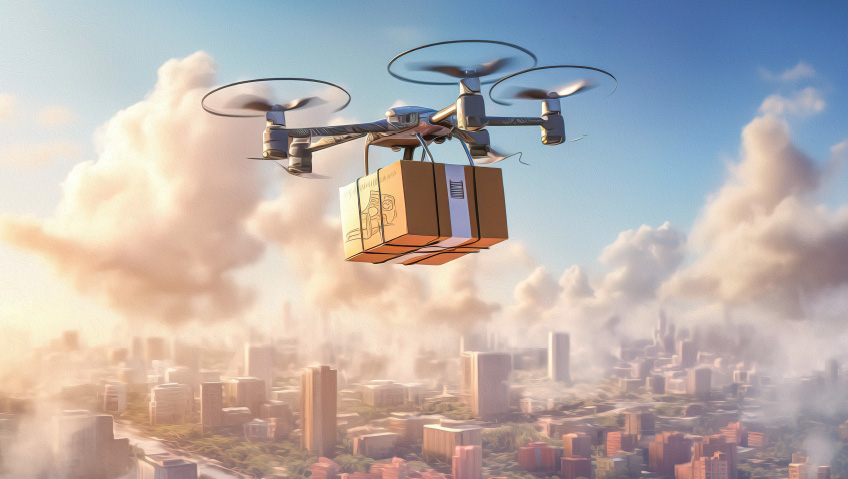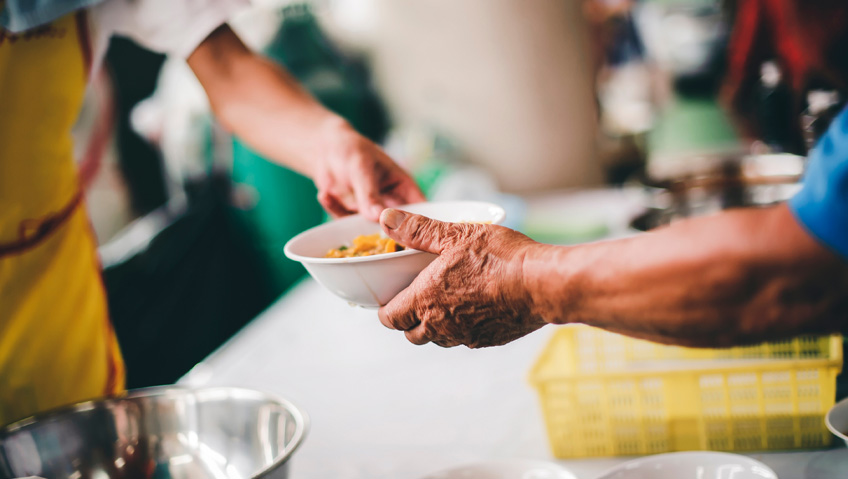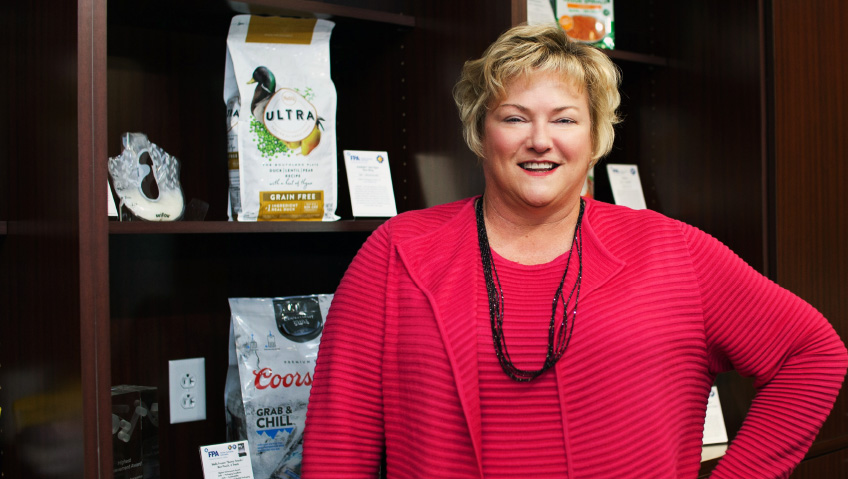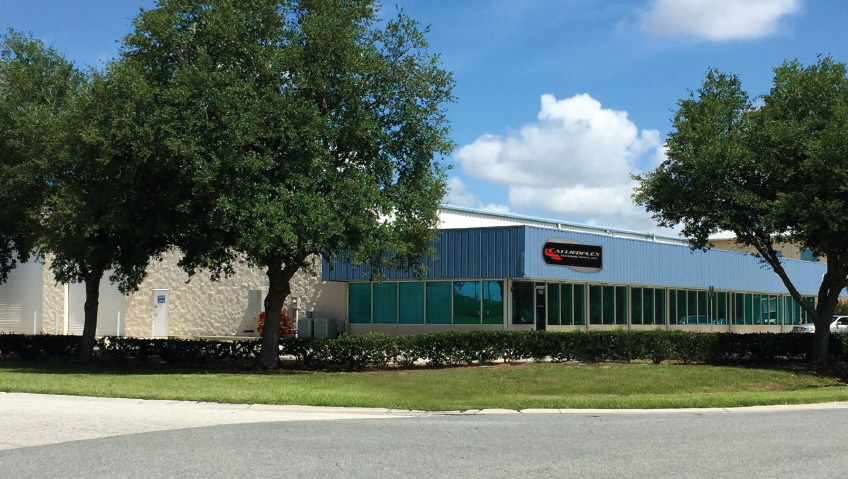Current trends seem to indicate that big shifts are coming to the packaging industry in the next decade.
Research published by data company Smithers shows that, in the next five years, the global packaging market will be continuing an expansion of almost three percent per annum, amounting to a financial peak of $1.2 trillion.
With respect to this new peak for the industry, it seems that it is occurring just as many customer segments seek changes in how items and goods are delivered, from containers to materials and beyond. These are a few ways in which the packaging sector is looking to meet this new customer demand and growing market concerns with fresh ideas and innovations.
This significant growth in the packaging space is occurring amidst growing concerns for sustainable practices. A piece by Josh Howarth for Exploding Topics draws on new research indicating that the packaging sector accounts for more than 60 million tons of carbon dioxide emissions every year.
Packaging and plastic
“From the 1950s to 2015, world plastic production grew more than 200-fold,” writes Howarth. “This means that annual volume jumped from 1.5 million tons to over 7.8 billion tons—that’s over a ton per human being alive on the planet today, with 59 percent of this total coming from consumer products and packaging.
“Single-use plastics account for over 130 million tons of the total quantity of plastic globally produced, putting out over 225 million tons of greenhouse gases during extraction and refining,” he continues.
Recent surveys show that, partially in response to this, large percentages of people across several countries (and especially among younger population segments) are far more interested in products and services taking environmentally friendly approaches than ever before. These same segments indicate preferences for “minimalist packaging that was eco-friendly and/or biodegradable,” and paper, board, and glass as packaging materials.
Some eco-friendly solutions are already being explored. In an article published on LinkedIn by gift box manufacturer “nice gift box” about the packaging innovation trends of 2023, the author expects several different approaches to packaging to rise in popularity this year. One such approach is the use of biodegradable and compostable materials in the packaging process, meaning that packaging can be broken down more naturally, as opposed to typical materials that are less eco-friendly (i.e., plastics).
Combined with the overall reduction of waste in packaging, we may see “thinner, more lightweight materials” being preferred, or the entire re-design of packaging structures to use less material overall.
A research blog, StartUs Insights, corroborates this uptick in environmentally friendly packaging systems, noting that plant-based materials like sugarcane, coconut, hemp, and corn starch could become viable alternatives to the ever-present plastic packaging.
Micro-trends
Additional approaches to eco-friendly packaging are being developed, some more novel than others. Jana Iverson for PakFactory notes two micro-trends in packaging that could help to maximize efficiency.
First, the advent of flexible packaging that improves stacking, storage, and overall efficiency. For packaging to be flexible, it must be “lightweight, durable, and incredibly adaptable to different product types and sizes.” Think resealable pouches or bags that are also easy to transport thanks to their smaller size and more convenient handling.
Second, an interesting development is the idea of edible packaging, where the packaging itself can be literally consumed, avoiding non-human waste even further. Natural materials like those mentioned previously, as well as substances like algae and seaweed, will move users away from reliance on plastics for packaging and delivery while bringing the new experience to customers of disposing of the packaging by eating it.
It isn’t just green measures that look to change packaging, but an additional focus on the concept of “smart packaging” will likely be in the cards as well. Smart packaging company Impacx defines the term as “the emerging technologies within the packaging industry that increase consumer and business utility alike, all while simultaneously increasing the simplicity of accessing and tracking the information surrounding products and companies.”
The StartUs Insights report sees much of the innovation on this front happening in start-up companies, which look to make packaging “more smart, connected, and interactive” using QR codes, RFID tags (radio frequency identification), AR (augmented reality), NFC chips (near field communication), and other sensors and detectors. These are often based on the IoT (the Internet of Things), a technological evolution that manages the interconnectedness of all devices through advanced internet and wireless technology.
The effects and features of these technologies are various, but with the unifying traits of wanting to provide customers and their goods with greater security and improved handling throughout the delivery process, as well as keeping them engaged with a company’s product offerings, encouraging further business. An example of this could be through augmented reality packaging, as detailed in the research blog: “AR packaging provides companies an opportunity to better engage with customers by introducing them to a range of product content, discount codes, and video tutorials.”
Change in buying
Developments in smart packaging go along with another boom within packaging and consumer habits in general: the rise of e-commerce. In her piece for PakFactory, Jana Iverson notes that the practice of buying goods online and through shipping received an incredible boost thanks to COVID when many were unable to shop at local stores due to lockdown.
Iverson continues: “The emergence of e-commerce as a necessary form of shopping has created vast opportunities for the packaging industry to specialize and customize their products to an even higher degree, especially with the new, innovative technologies for packaging.”
This of course means that online retailers will continue to invest in better and more efficient packaging methods and materials to keep this momentum going post-pandemic.
Relationship matters
As well, packaging will continue to be an important way in which e-commerce customers develop a relationship with brands and shippers. In a piece for the GWP Group, Jay Daggar explains that the packaging of an item itself is “often… the first physical interaction a consumer has with a brand,” and that over 50 percent of consumers feel that an exceptional delivery system makes them more likely to purchase from the same brand repeatedly.
A fresh consideration of how goods are brought to the customer’s door will end up paying dividends for a company, as those who pay greater attention to improvements in packaging can increase consumer interest by up to 30 percent, according to Daggar. When it comes to packaging, the juice seems to be worth the squeeze.
With countless modern industries looking to adapt products and processes to new, modern standards, and with many having been thoroughly shaken up by COVID-19, it seems that packaging would do well to take advantage of these new ideas so that millions of people worldwide can feel that their needs are being met, as well as those of the planet itself.
This is an exciting time in the packaging space as efforts toward sustainability and customer ease of access continue to gain traction. As more of these initiatives catch on, the global packaging industry looks to remain at the forefront of innovation for a good, long time.






